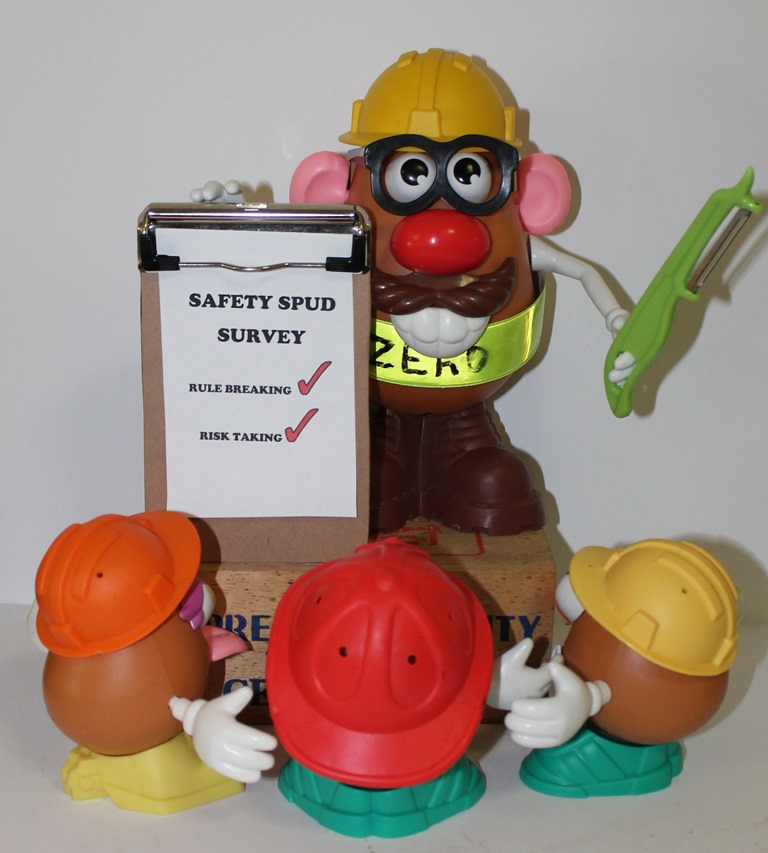Safe Work Method Statements after Harmonisation
We’ve been wondering how Safe Work Method Statements will be dealt with under new National WHS Legislation. Work Method Statements required under the new laws will have to comply with the new National format which, in same states, is different from current state requirements.We found a few sites that explain it better than we could:
Extract from recent post on SAFETY AT WORK BLOG:
Recently, concerns were raised over the revisions to Safe Work Method Statements (SWMS) provisions. It was suggested that SWMS have the potential to bloat beyond several pages due to the need to include “associated risks”. Most safety management systems and OHS professionals would already have include secondary, ancillary or associated risks as part of the job safety analyses and SWMS.
As an example of this type of discussion, WorkSafe Victoria’s comparison document of its Victorian OHS regulations to the new national draft says (Download the Comparison Document Here: )
“The SWMS duty will expand to require all hazards, risk and controls associated with the high-risk construction work to be recorded, as the risks of the work.” [emphasis added by WorkSafe]
WorkSafe seems to consider this as a major issue as is evident from the (unnecessary) emphases in the document. Associated risks become a minor issue some years ago when the duty of care was expanded, or clarified, to apply to visitors to workplaces.
A major risk with complicated SWMS is one that already exists and is not being adequately addressed – the cutting and pasting of SWMS that have only a tenuous relationship to the task being undertaken. SWMS run the risk of bloating but this is more likely to occur if the role of SWMS in managing safety is poorly understood or poorly explained. It is acknowledged by regulators that the new WHS Act and regulations will undoubtedly increase the amount of paperwork required to demonstrate compliance. SWMS is just one part of that paperwork but a vital one, particularly in the area of contractor management…………….READ THE WHOLE POST HERE
From WORKSAFE ACT:
The requirement for a Safe Work Method Statement [SWMS] in the ACT is based on the adoption of the National Standard for Construction Work under the Work Safety Act 2008.
The Code of Practice for the Prevention of Falls in Housing Construction and the Code of Practice for the Prevention of Falls in General Construction, both of which have been adopted in the ACT and have their basis under the Standard, also require an SWMS to be developed for work at heights over 2 metres.
A Safe Work Method Statement (SWMS) documents a process for identifying and controlling health and safety hazards and risks.
An SWMS should be prepared before work begins, if anyone’s health and safety is at risk because of the work. An SWMS can also be used for any other work activities if it is felt that it would be of use.
An SWMS is similar to a JSA.
What is a Safe Work Method Statement?
A Safe Work Method Statement (SWMS) is a document that:
- lists the type of hazardous work being done
- states the health and safety hazards and risks arising from that work
- describes how the risks will be controlled, and
- describes how the risk control measures will be put in place.
An SWMS must be site specific. While a generic SWMS might be used as a starting point, each SWMS must address the issues that are specific to the site where the work activity will be carried out. Generic SWMS invariably fail to address issues that are unique to the site in question. They can lead to accidents which could easily have been avoided by considering the particular aspects of the site in question.
Most important of all, the work should then be done in accordance with the SWMS. The workers conducting the activity should be:
- • instructed in how to complete it in accordance with the SWMS
- • given the appropriate training and instruction and
- • monitored as appropriate as the activity is carried out.
One SWMS can be prepared to cover a variety of tasks, if it takes into account the changing nature of the work environment. Alternatively, a separate SWMS can be prepared for each type of hazardous work. In deciding this, consider situations where different types of hazardous work impact on each other {e.g. moving powered mobile plant close to where formwork is being constructed). READ MORE



Do you have any thoughts? Please share them below